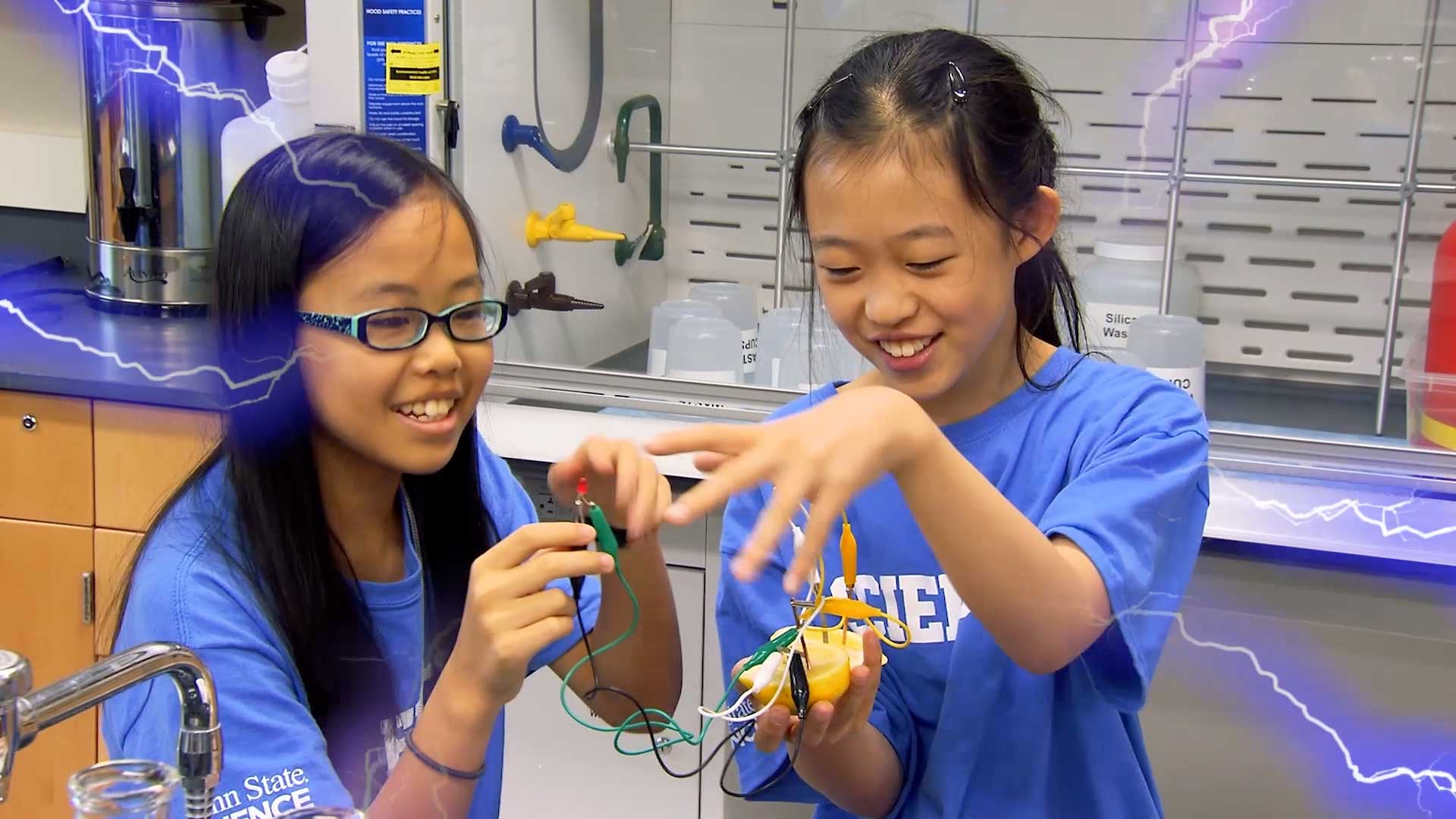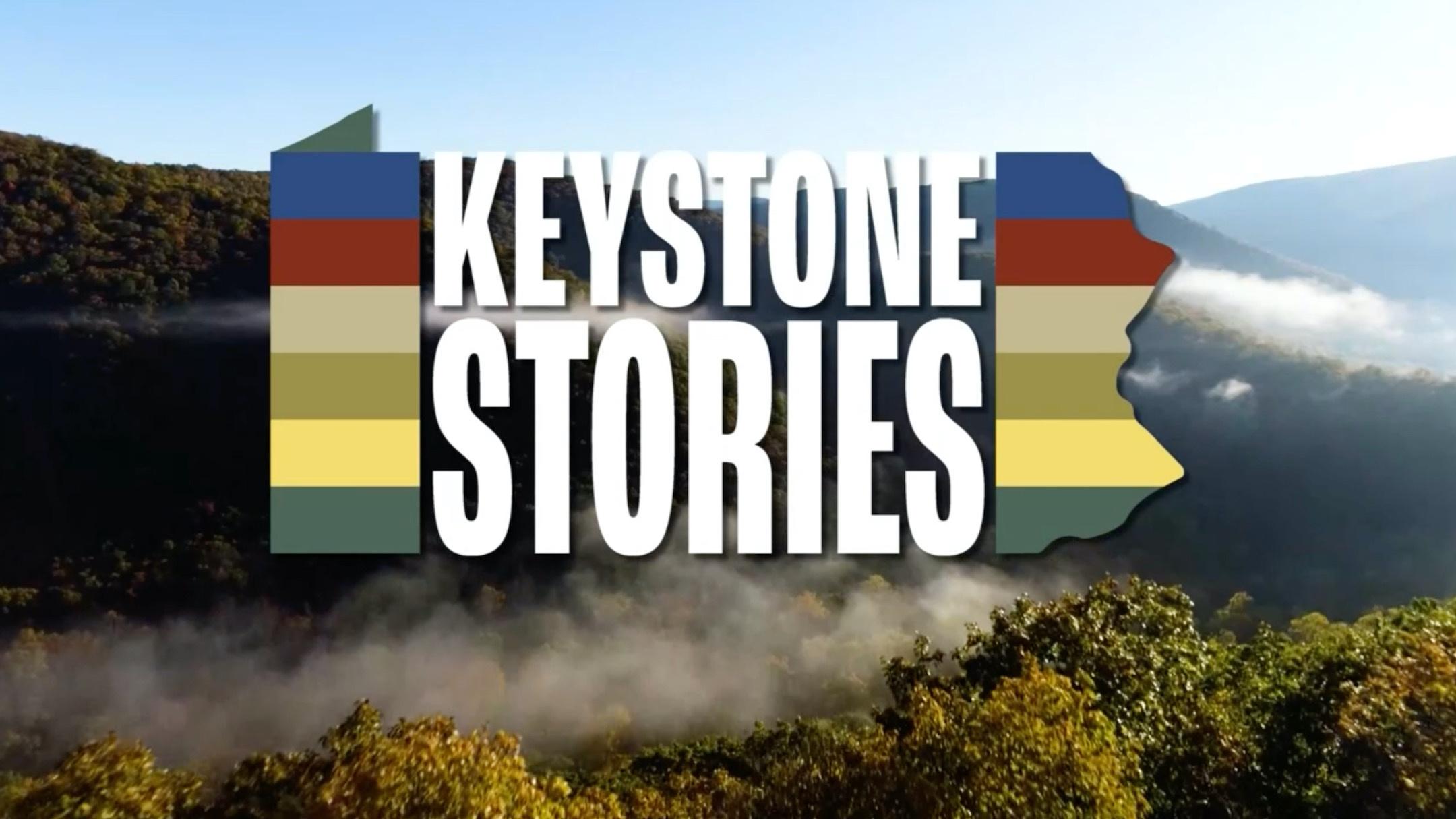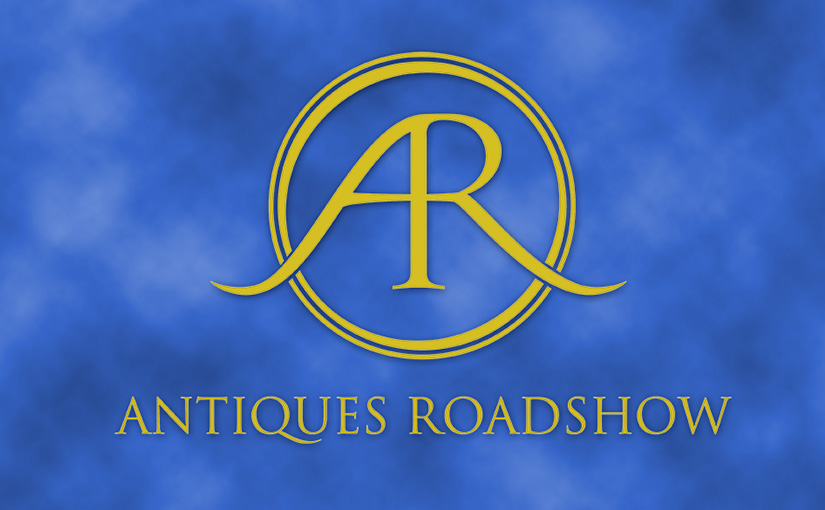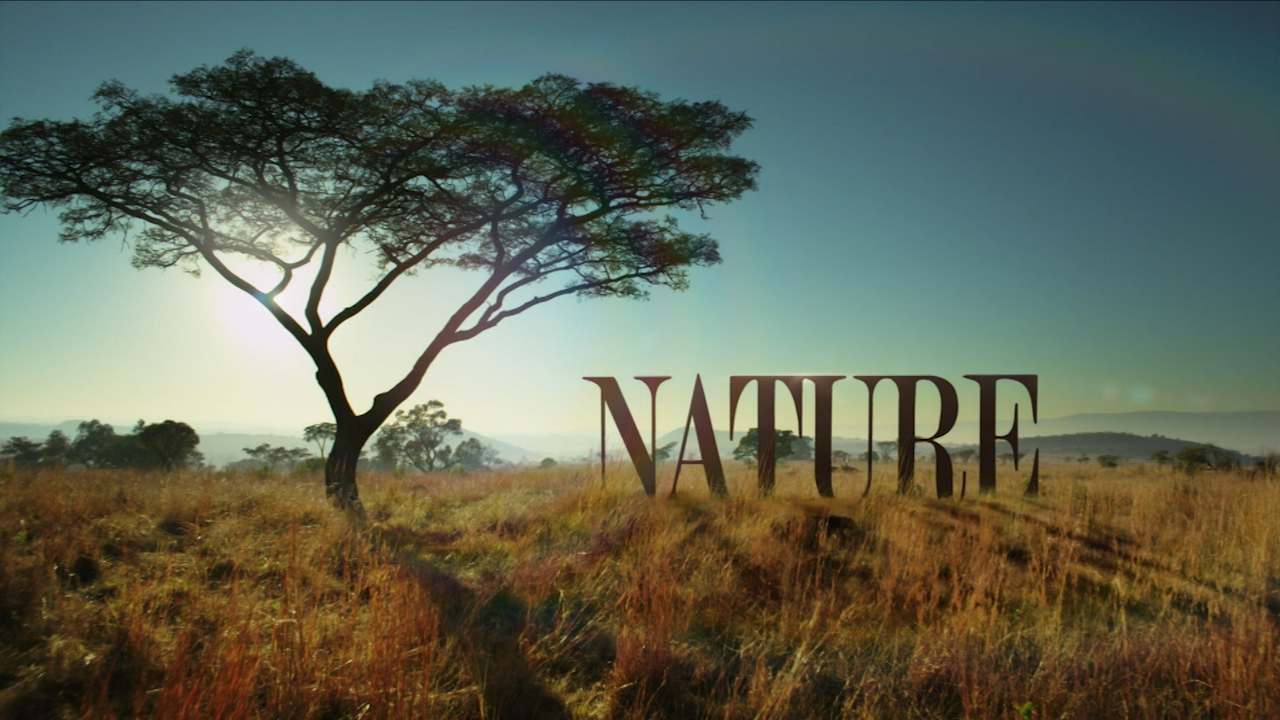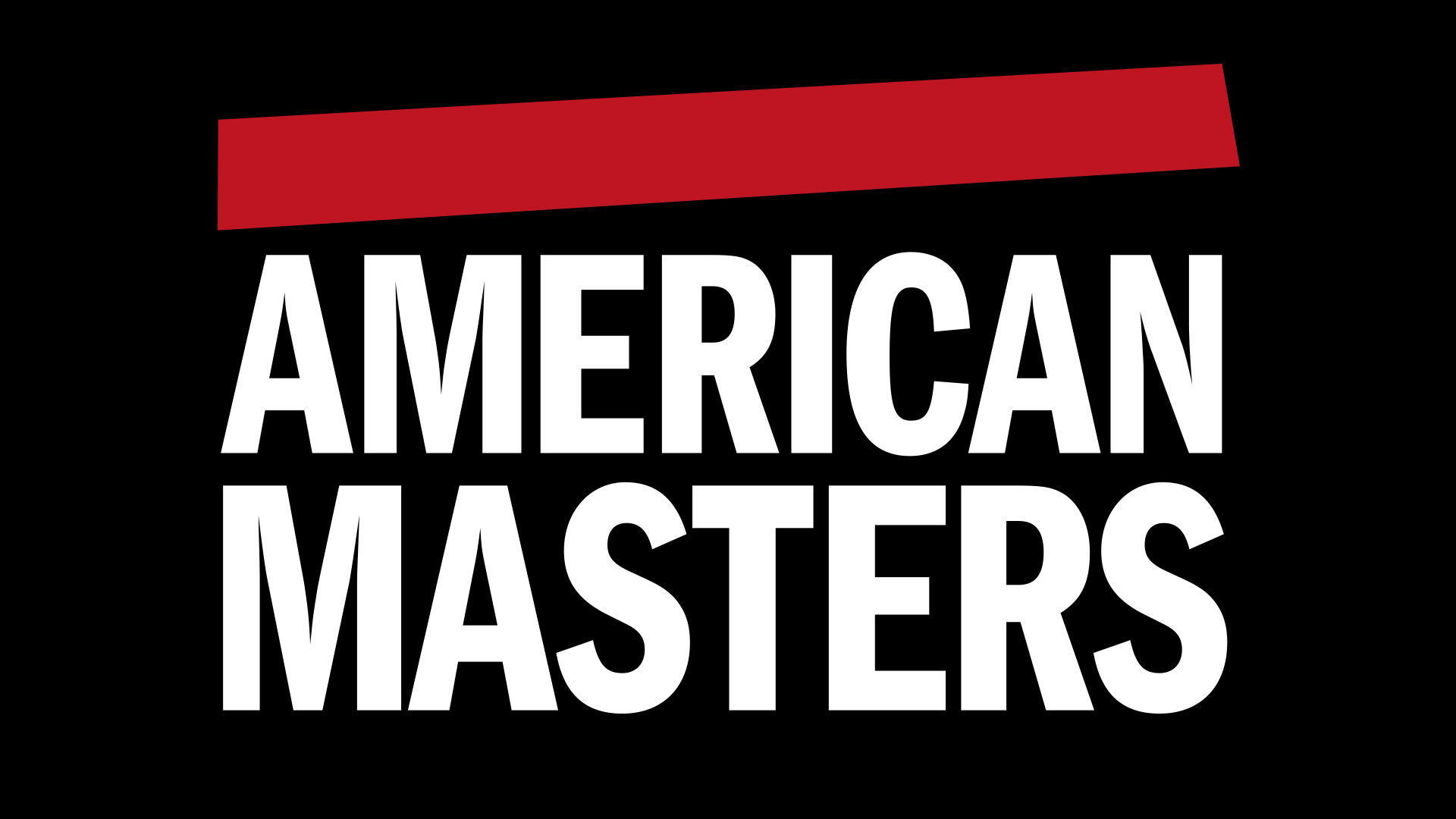Why We Dance: The Story of THON

Watch on the PBS app
Why We Dance: The Story of THON is a documentary project that chronicles the student-run philanthropy, THON, and the children, families, and students who are changed by their experience.
To many people, THON is a weekend-long event with 46 straight hours of dancing. What they may not see is an entire year spent raising awareness and money to conquer childhood cancer. Why We Dance: The Story of THON will introduce you to the inspirational children battling cancer and the Penn State students who participate in THON, dedicating themselves to making a difference for others.
As the THON clock ticks down on hour 46, not a soul is left unchanged. Viewers will be touched by the selflessness of their fellow mankind.
THON Changes Lives
Since 1977, Penn State IFC/Panhellenic Dance Marathon (THON) has been raising money — now nearing $80 million dollars— to help The Four Diamonds Fund assist children and their families in the battle against childhood cancer.
To learn more, visit the Penn State THON website.
More from WPSU
Speaking Grief explores the transformative experience of losing a family member in a grief-avoidant society. It validates grief as a normal, healthy part of the human experience rather than a problem that needs to be “fixed.” It also addresses the role that support from friends and family plays in a person’s grief experience, offering guidance on how to show up for people in their darkest moments. Watch on the PBS App »
In this public television special, campers, mentors and instructors at the Penn State Science-U summer science camp show off the ways parents and caregivers can bring the wonder of science home to kids. Watch »
Keystone Stories is a television and digital series that takes viewers to the breathtaking, interesting, quirky and sometimes hidden gems around central Pennsylvania. Pennsylvania’s beautiful landscape serves as the backdrop for an exploration of the people, places and culture that make the region unique. Watch »





